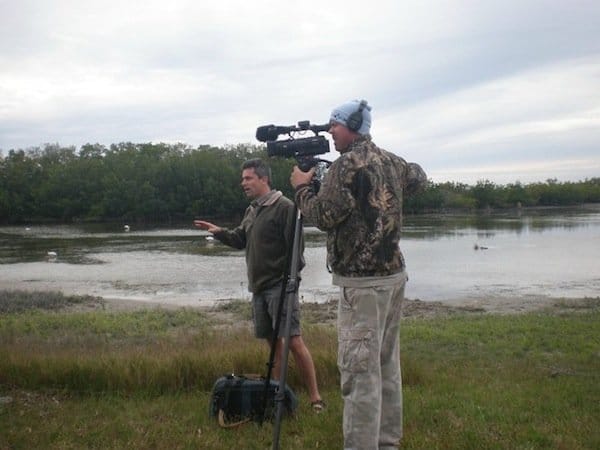For as long as I can remember I’ve been fascinated by shorebirds. Growing up within an hour of one of the world’s premier shorebird destinations – West Coast National Park in South Africa – helped for sure. For me, there’s a few things that drive this fascination. Firstly, shorebirds present a significant ID challenge. Getting to know the subtleties in differences between closely related species takes years of dedication and practice. Secondly, shorebirds are fantastic to watch – moving with the tides, always scurrying as if chasing their last meal and weaving in massive,undulating waves in flight. Watching shorebirds is NEVER boring. Thirdly, many species of shorebirds display such vast differences in their summer and winter plumages that it is always interesting to note how some birds in the same flock are in contrasting stages of plumage. And lastly I marvel at the ways in which different shorebird species have evolved to fill certain niches within the feeding zone – dowitchers engaging in their sewing-machine routine, Sanderlings motoring just out of reach of crashing shore-break, Black-bellied Plovers extracting huge sand worms and curlews probing with their outrageously sized bills.
 Filming the plovers of Estero Lagoon
Filming the plovers of Estero Lagoon
Plovers are a significant part of the shorebird family, comprising 66 species worldwide. Small to medium-sized birds, they are characterized by their typically upright posture, large eyes and fairly long legs. They feed predominantly by sight and often run in a crouched fashion to reach their food source. But research has shown that some plovers even use the super-sensitive soles of their feet to detect movement beneath the substrate. Scary to be a worm or crustacean in Ploverland – nowhere to run and nowhere to hide! Unless you go deep.
One of the best places to view a variety of plovers in South Florida is the Estero Lagoon on the West Coast, close to Ft. Myers. Its a great place for novice and more experienced birders to enjoy and get to grips with a good variety of North American plovers, most of which are present on any given day, especially in winter. I am often guilty of neglecting “place” when birding. Why is a particular destination better than the next for certain birds? What events transpire miles away that make a certain destination attractive to birds and wildlife in one way or another? These are questions that I feel we as birders need to ask ourselves more often. Consider Estero Lagoon for example…
httpvh://www.youtube.com/watch?v=vUS1gMJ02SU
In North America there are nine regular plover species, ten if you include the more vagrant Common Ringed Plover. On any given day in winter at Estero, it is reasonable to expect Semi-palmated Plovers, Wilson’s Plovers, Black-bellied Plovers, Killdeer, Snowy and Piping Plovers and one could be lucky and spot the odd American Golden Plover during migration. It sure is neat to have these different species all together within close proximity.
httpvh://www.youtube.com/watch?v=EkK0xJxQ4bw
One of the speciality plovers of Estero during winter is undoubtably the Snowy Plover. Although this a fairly widely distributed bird globally, they are threatened in the United States. I love the subtle colors of these birds and the way that they easily blend in with the sandy and dune landscapes that they inhabit. We filmed these particular birds in early 2008 and this was when my videographer, Aderman, was still getting to grips with bird filming. Not the easiest of birds to film by any means, especially when actively feeding!
httpvh://www.youtube.com/watch?v=JBhcFsNw6x4
Piping Plovers have been threatened in the US now for a fairly long period of time. This is an endemic breeding bird in North America and much is now being done by various federal and non-profit groups to ensure and foster its conservation. Piping plovers are always a treat to see, whether at their coastal or inland breeding grounds or whether at their southern wintering grounds. More education and restriction of beach activity in certain areas is required to ensure that the conservation efforts of this beautiful bird are developed even further.
httpvh://www.youtube.com/watch?v=cAGYGce8fBc
Next time you are birding in South Florida in the winter remember to check out Estero Lagoon near Fort Myers Beach.











James
I went to that beach during the last two years in winter, and it is a small birding paradise. Perfect if part of your family (say, your spouse) want to read a book on the beach, while you take your camera and bins and look for plovers, reddish egrets, tricolored heron, and the occasional redknot, longbilled curlew….
The view of the palm warblers feeding on the sand were also quite spectacular for me!
Can’t wait to see this episode on your show!